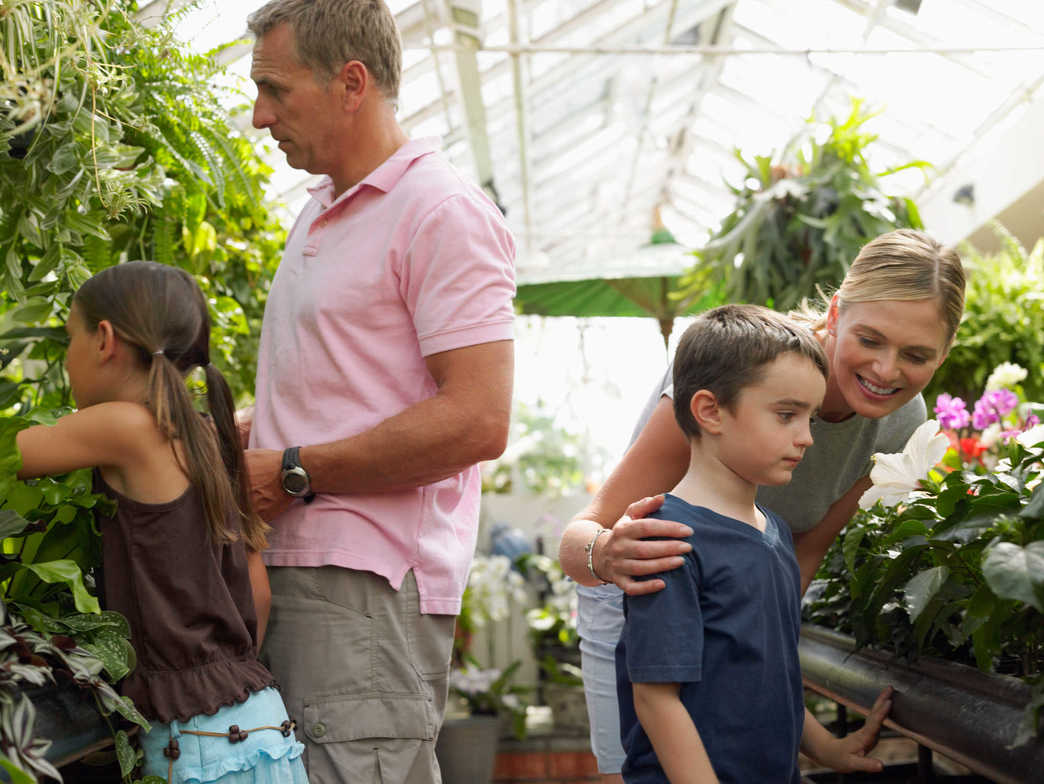
As younger generations roll up their sleeves and dig their hands into the soil, garden center leaders are presented with both exciting opportunities and notable challenges.
The demographic shift towards millennial and Generation Z gardeners is reshaping the garden itself and how garden centers must engage with these budding horticulturists.
The Pandemic's Green Boom
The Covid pandemic, which catalyzed numerous lifestyle changes, has significantly impacted the gardening scene.
A staggering 18.3 million new gardening aficionados, predominantly millennials, have emerged, marking 2021 as a year of booming growth for the gardening sector.
This surge is rooted in shifts in consumer behaviour, with increased leisure time, financial resources, and space availability during the pandemic playing pivotal roles.
The Data Speaks Volumes
Insights from a 2021 National Gardening Association study illuminate this trend, revealing a marked increase in gardening participation across the United States, surpassing pre-pandemic figures. The data is particularly revealing when dissected by age group: millennials exhibited a 65% increase in gardening engagement, while Generation Z saw a 44% rise. This expanded interest spans across experience levels, with two-thirds of gardeners trying new activities and one-third facing hurdles in acquiring necessary gardening supplies.
The Youth Movement in Garden Centers
Further analysis by Garden Center magazine underscores this demographic shift, noting a significant uptick in younger customers at independent garden centers. Between 2020 and 2021, there was a 65% increase in millennial visitors and a 44% increase among Generation Z. This trend points to a vibrant and youthful future for the gardening industry, rich with potential and brimming with new perspectives.
Navigating the New Terrain
However, this shift brings with it a set of challenges. The traditional strategies and approaches that resonated with older generations may not have the same impact on these younger gardeners. Their preferences, priorities, and purchasing behaviors are distinct, often driven by broader societal trends like sustainability, digital integration, and community involvement. For garden center owners and industry stakeholders, adapting to understand and cater to these new gardeners is not just advantageous—it's essential for staying relevant and competitive in a rapidly evolving market.
The Big Question
As we move forward, the question for garden retail leaders is not whether to adapt to this change but how. Embracing the preferences and values of younger gardeners, integrating technology, fostering community, and promoting sustainability are just a few pathways to aligning with the gardeners of today and tomorrow.
In doing so, garden centers will not only survive but thrive, growing alongside the new generation of garden enthusiasts who are eager to cultivate their green spaces and, by extension, the future of gardening itself.




